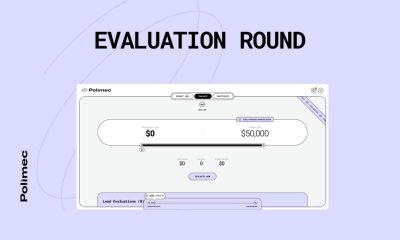Forex
Dollar set for biggest daily jump since October as U.S. yields rebound
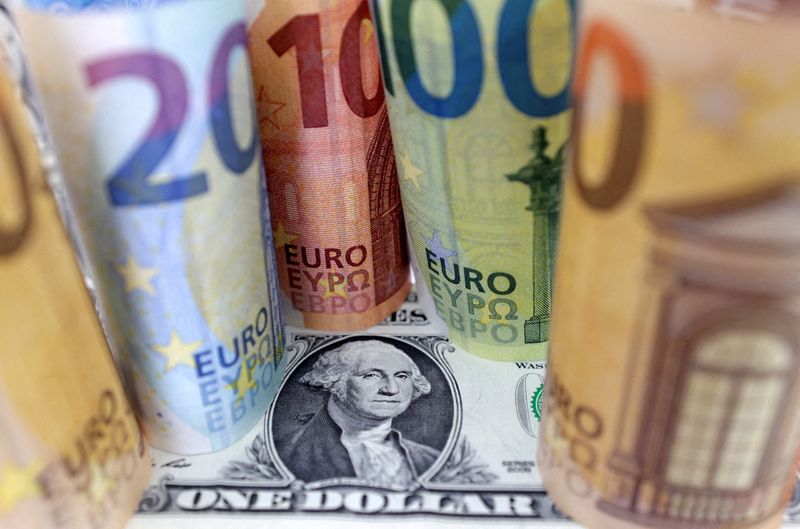

© Reuters. U.S. Dollar and Euro banknotes are seen in this illustration taken July 17, 2022. REUTERS/Dado Ruvic/Illustration/File Photo
By Sinéad Carew
NEW YORK (Reuters) -The dollar rose on the first trading day of the year, supported by higher U.S. yields while investors waited for U.S. jobs data and European inflation numbers for clues on central banks’ policies.
The , which measures the U.S. currency against six counterparts, rose 0.799%, on track for its biggest daily percentage gain since October.
It fell 2% in 2023, snapping two years of gains due to investor expectations that the U.S. Federal Reserve will cut rates significantly this year while the economy remains resilient.
In U.S. Treasuries, benchmark 10-year notes were up 7.7 basis points at 3.937%, eying their biggest daily increase in more than three weeks.
While the dollar came under pressure last month after the Federal Reserve indicated that it would cut rates in 2024, Brown Brothers Harriman & Co global head of currency strategy Win Thin said “markets are coming to realize that the U.S. economy remains robust” and is likely to stay robust this year.
But while Thin argues that “a soft landing would likely lead to 2-3 insurance cuts in 2024,” the market is pricing in six rate cuts this year.
So until these expectations shift, the dollar could stay “under pressure and vulnerable,” he said.
On the other side of the dollar’s ascent was the euro, which was down 0.91% to $1.0944 as traders digested data showing euro zone factory activity contracted in December for an 18th straight month, and sterling was last trading at $1.2619, down 0.82% on the day.
The Japanese yen weakened 0.75% versus the greenback at 141.94 per dollar.
Investors have a fairly busy week ahead with a slew of economic data including European inflation data and U.S. data on job openings and non-farm payrolls, which will help shape market expectations regarding monetary policy moves from the Fed and European Central Bank.
Minutes from the most recent meeting of the Fed’s rate setting Federal Open Market Committee in December are scheduled for release on Wednesday and will provide further insight into the central bankers’ thinking on the potential for a move to interest rate cuts.
Markets are now pricing in a roughly 79% chance of interest rate cuts from the Fed starting from March, according to CME FedWatch tool.
Traders were also processing volatile oil prices with an earlier rally disappearing with interest rate jitters in focus as concerns eased that tensions in the Red Sea could disrupt supplies.
That, however, did not help currencies of oil-exporting countries hold off the stronger greenback.
The dollar climbed 1.7% on the Norwegian crown and rose 0.6% against the Canadian dollar while the Australian dollar dipped 0.8% against the greenback.
The crypto world started the year with a bang, with bitcoin up 3.3% after earlier touching $45,912.48, its highest level since April 2022, on rising expectations that the U.S. Securities and Exchange Commission will soon approve exchange-traded spot bitcoin funds.
Forex
BofA sees potential for further USD selling by CTAs
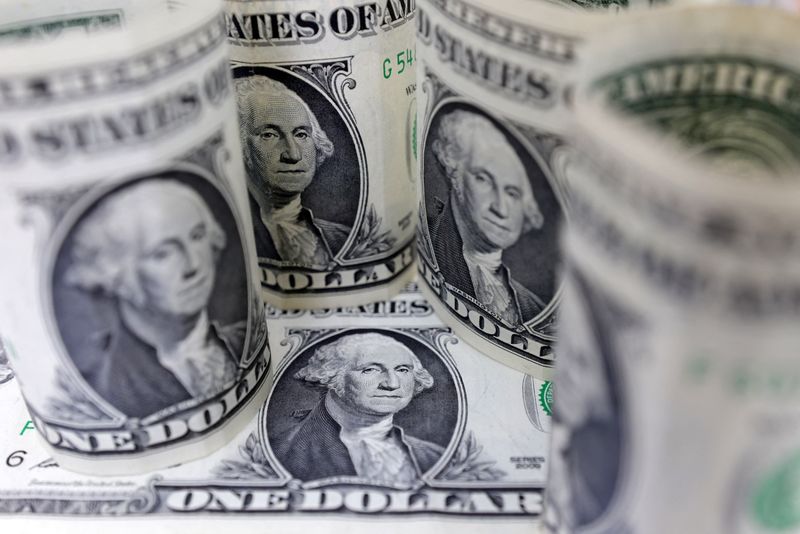
On Monday, Bank of America (BofA) provided insights into the potential actions of Commodity Trading Advisors (CTAs) in the coming week.
According to BofA, CTAs might continue to sell the U.S. dollar (USD) against most currencies following a trend that emerged after the Consumer Price Index (CPI) report led to a weakening dollar. The bank’s models indicate that USD long positions have been reduced this week.
The bank’s analysis suggests that in the foreign exchange (FX) market, CTAs are likely to persist with short covering in the euro (EUR), British pound (GBP), and Canadian dollar (CAD).
Additionally, there is an expectation for CTAs to increase their recently established long positions in the Australian dollar (AUD) and potentially initiate a long position in the Mexican peso (MXN), given the positive trend strength for the peso.
In the commodities sector, despite an increase in the price of gold last week, the trend for the precious metal declined, prompting CTAs to sell, albeit at a slower pace. BofA anticipates that this trend of selling gold and oil will continue into the next week.
The analysis also noted that CTAs’ long positions in are nearing extremely high levels, while long positions in aluminium are being unwound. In contrast, soybeans are experiencing short covering.
The bank’s report serves as a gauge of how trend-following traders might adjust their portfolios in response to market movements.
This article was generated with the support of AI and reviewed by an editor. For more information see our T&C.
Forex
BofA sees further dollar depreciation, expects G10 FX to stay in range
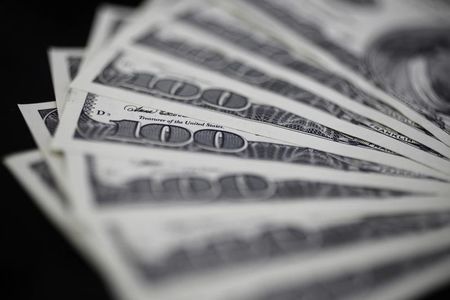
On Monday, Bank of America (BofA) analysts provided insights into the current state of G10 foreign exchange (FX) markets, noting a general sentiment of disappointment among investors due to the markets’ lack of volatility.
Despite a recent reversal in the U.S. dollar (USD), major currency pairs have not moved significantly, staying within their established ranges. BofA anticipates further depreciation of the USD, yet it emphasizes that the currency’s movements are expected to remain close to year-end consensus forecasts.
The analysis highlighted that while markets have expressed a desire for more excitement in G10 FX trading, they must come to terms with the inherent trade-off between carry trade opportunities and higher volatility. Carry trades, where investors borrow in low-yielding currencies to invest in higher-yielding ones, have been identified as a dominant trend post-global financial crisis.
However, this strategy tends to reduce market volatility, leading to what BofA describes as an “uninspiring” and “stuck in the mud” trading environment.
BofA’s commentary suggests that the pursuit of carry as a passive strategy has been a factor in dampening volatility in the FX markets. The firm underscores that investors should not expect both high carry returns and high volatility, as these market conditions are typically mutually exclusive. The lack of clear fundamental trends in G10 FX has been a source of frustration for markets, but the current trend of carry is clear, even if it leads to lower volatility.
The analysts also touched upon the anticipation around the next batch of U.S. data, which many investors hope might shift the narrative. However, BofA indicates that such expectations may be overly optimistic. The firm’s message to the markets is to adjust expectations and accept the current dynamics, with the USD continuing to play a central role in the G10 FX space.
In summary, BofA’s analysis points to a continuation of the recent patterns in G10 FX markets, with a slight downward trend in the USD value but within the bounds of recent trading ranges.
This article was generated with the support of AI and reviewed by an editor. For more information see our T&C.
Forex
Narrow dollar range likely to remain for now – Goldman
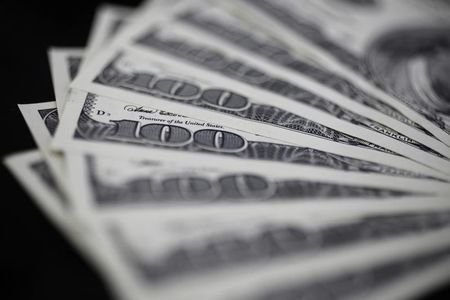
Investing.com – The U.S. dollar is trading in a calm fashion against the majors of late, and these narrow ranges will likely stay for a while longer, according to Goldman Sachs, with divergence having to wait.
AT 05:20 ET (09:20 GMT), the Dollar Index, which tracks the greenback against a basket of six other currencies, traded unchanged at 104.330, steadying after losing around 1% last week in the wake of soft U.S. inflation data.
“We think there is only limited room for the market to press Dollar shorts on the back of the inflation news,” said analysts at Goldman Sachs, in a note dated May 17.
“After all, while the prints were mostly in line with expectations, they were not in line with the target. As a result, the news does not change the policy outlook much beyond reinforcing the recent rhetoric.”
The subsequent market response has been reminiscent of the post-March FOMC FX reaction, when the response to ‘dovish dots’ stalled not because of fresh data, but instead because FX is still a relative game, and the Dollar fundamentals have not shifted much, the investment bank added.
And, this time around, we think the rally in front end rates looks more consistent with cyclical concerns rather than dovish expectations.
“That matters for FX because there is a narrow path for the Dollar to depreciate on a broad basis when growth is softening,” the bank added. “This is especially true in the current environment when faster Fed cuts would likely be met with easier policy abroad as well.”

 Forex2 years ago
Forex2 years agoForex Today: the dollar is gaining strength amid gloomy sentiment at the start of the Fed’s week

 Forex2 years ago
Forex2 years agoHow is the Australian dollar doing today?

 Forex1 year ago
Forex1 year agoUnbiased review of Pocket Option broker

 Forex2 years ago
Forex2 years agoDollar to pound sterling exchange rate today: Pound plummeted to its lowest since 1985

 Cryptocurrency2 years ago
Cryptocurrency2 years agoWhat happened in the crypto market – current events today

 World2 years ago
World2 years agoWhy are modern video games an art form?

 Stock Markets2 years ago
Stock Markets2 years agoMorgan Stanley: bear market rally to continue

 Economy2 years ago
Economy2 years agoCrude oil tankers double in price due to EU anti-Russian sanctions











